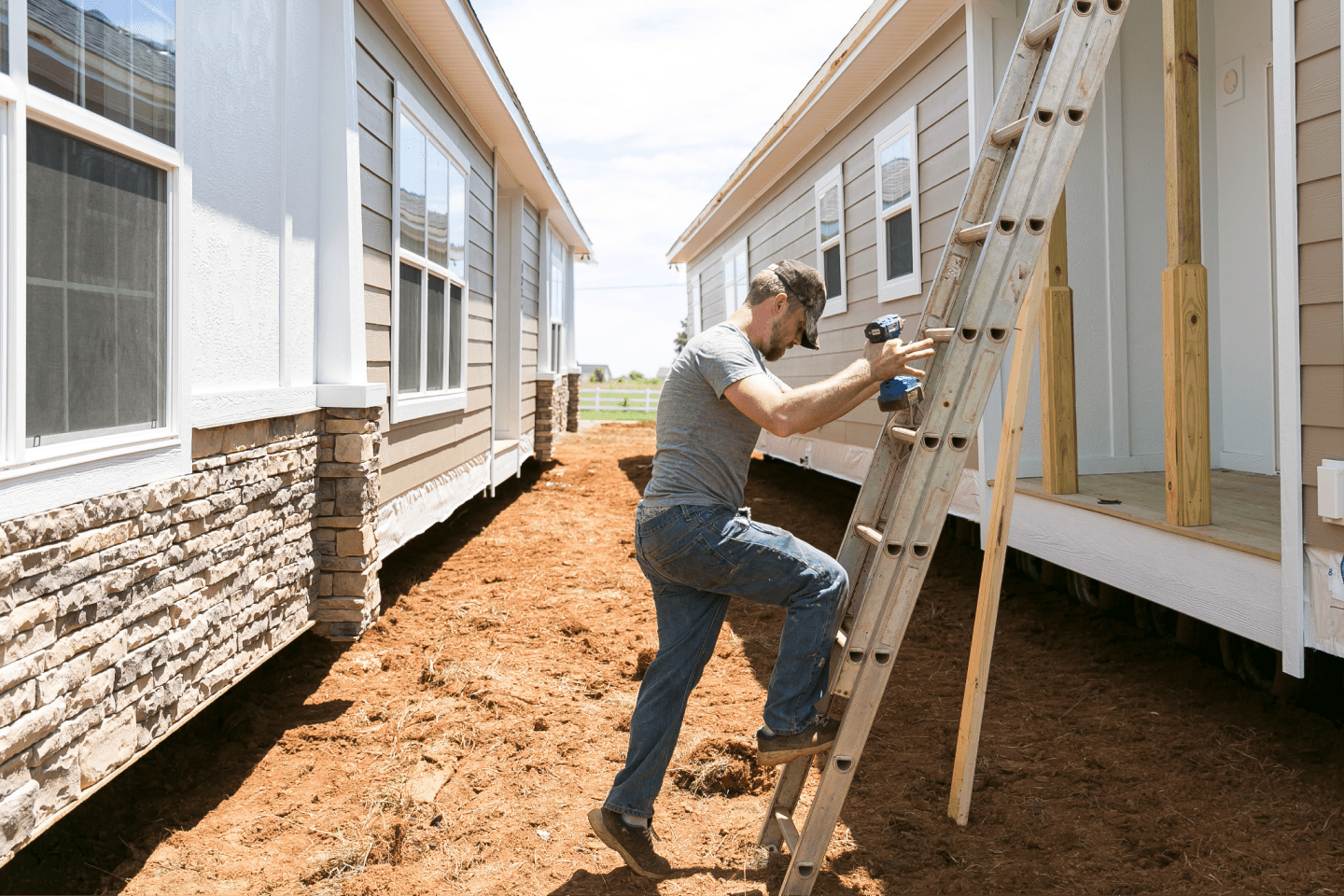Keep Exploring
Related Posts
Give the Gift of Professional Development from the MHI Bookstore
The MHI Bookstore offers essential resources, including compliance guides and technical manuals to help you succeed.
Last Chance! Save $150 on MHI’s PHC® Certification Course — Register Before December 31
Are you tired of “winging it” in manufactured housing sales? The Professional Housing Consultant (PHC®) course from MHEI is your gateway to becoming a confident, trusted advisor in today’s competitive market.
Meet MHI Experts at the Louisville Show
Join the Manufactured Housing Institute at the Louisville Manufactured Housing Show, January 14-16 at the Kentucky Exposition Center in Louisville, KY.
Give the Gift of Professional Development from the MHI Bookstore
The MHI Bookstore offers essential resources, including compliance guides and technical manuals to help you succeed.
Stay Connected with MHI: Sign Up to Receive Text Updates
Want to stay informed about the latest in manufactured housing? Sign up to receive text updates from MHI.
Last Chance! Save $150 on MHI’s PHC® Certification Course — Register Before December 31
Are you tired of “winging it” in manufactured housing sales? The Professional Housing Consultant (PHC®) course from MHEI is your gateway to becoming a confident, trusted advisor in today’s competitive market.




